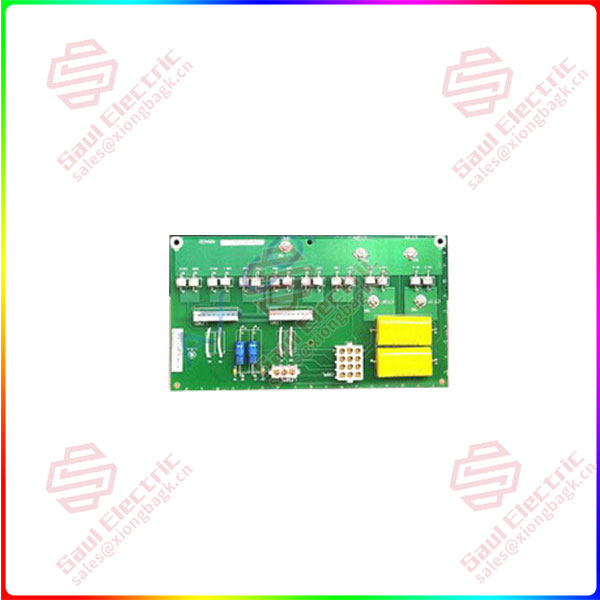Trend 4: The measurement of power utilization and quality in data centers will be more comprehensive and accurate
With the effective and implementation of the mandatory energy efficiency standard GB40879-2021 “Data Center energy efficiency Limit Value and energy efficiency grade”, this national unified data center energy efficiency evaluation standard, technical guidelines and analysis methods will play a positive guiding role in the construction, operation and maintenance of data centers. In the future, for new and expanded data centers, power utilization efficiency (PUE) needs to meet the requirements of the three levels of energy efficiency indicators stipulated in the code, and real-time online monitoring. The monitoring should use measuring instruments that meet the accuracy requirements (such as: Level 1 electric energy meter, level 0.5 current transformer, level 0.5 power meter, etc.) to measure the power consumption of the information equipment, cooling system, power supply and distribution system and other auxiliary facilities of the data center during the measurement period. In addition, the impact of more renewable energy adoption on power quality can also lead to frequent failures in data center power systems. For managed service providers, how to define responsibility and fault root analysis becomes particularly critical, then it is necessary to use high-precision instruments for real-time online monitoring and analysis of power quality. Schneider Electric believes that high-precision instrumentation and power quality management digital tools will be favored by data center operators, on the one hand to meet the regulatory requirements for PUE; On the other hand, power quality can be monitored and analyzed to achieve predictive maintenance, and it is also an effective tool for responsibility definition and fault source insight.

DS200FCSAG2A
Trend five: The influence of new power system on the stability of distribution network is concerned
With the application of more distributed clean energy (such as wind, solar, etc.), data centers enjoy energy cost optimization and carbon footprint reduction at the same time, but also face the impact of intermittent energy on the stability of traditional power grids. Some data centers outage due to large voltage fluctuations or poor power quality (beyond the scope of UPS control), and cause significant economic losses. The microgrid technology of “source-grid, charge-storage” integrated energy system management will become the key to ensure the reliability, continuity and stability of power supply. Data centers need to adopt digital tools in the design and operation phase to realize the design and management of microgrid systems to ensure that the power quality meets the requirements. The micro-grid distribution architecture needs to support both grid-connected and off-grid operation modes, control the load and energy storage, adapt to adjust the relay protection setting value, and realize the prediction and operation and maintenance of new energy power generation. Schneider Electric believes that it is necessary to use digital tools to simulate the steady state, transient stability, power flow direction, arc flash, short circuit analysis, overcurrent protection selectivity and distribution network overvoltage, so as to ensure the rationality of the design, and thus achieve the reliability, continuity and stability of the data center power supply.
Trend six: Adding data center design solutions will be favored
In order to support critical loads, data centers usually adopt a 2N redundancy design and reserve a large security margin. This has led to underutilization of physical infrastructure capacity, resulting in a large amount of stranded capacity, as well as a serious waste of investment costs and utility capacity. In the past, the data center industry has been discussing how to optimize the architecture, such as replacing 2N redundancy with distributed redundancy (DR) or shared redundancy (BR), to release stranded capacity and improve system load efficiency. This means supporting more IT loads for the same mains capacity, while improving the energy efficiency of the power supply and distribution system. But the new architecture’s higher demands on operations personnel have been holding back progress. Especially in the increasingly difficult situation of utility capacity application, data center operators want to release stranded physical infrastructure capacity through innovative design solutions to maximize the output of IT capacity or the number of cabinets for the same utility capacity, while ensuring that system availability is not affected. Schneider Electric’s innovative design for additional capacity uses UPS’s peak function (combined power supply from mains and batteries), and makes full use of idle diesel generators and cold storage tanks to ensure the availability of distribution and cooling systems in the data center in the event of a failure. The study found that the innovative capacity expansion solution can achieve a 35% increase in IT capacity for the same utility capacity, while achieving a 16% reduction in IT investment cost per watt. The reference design can solve the pain points such as the difficulty of applying for mains power and the waste of investment for data center operators, and maximize the business value.
 1 Year Warranty
1 Year Warranty





